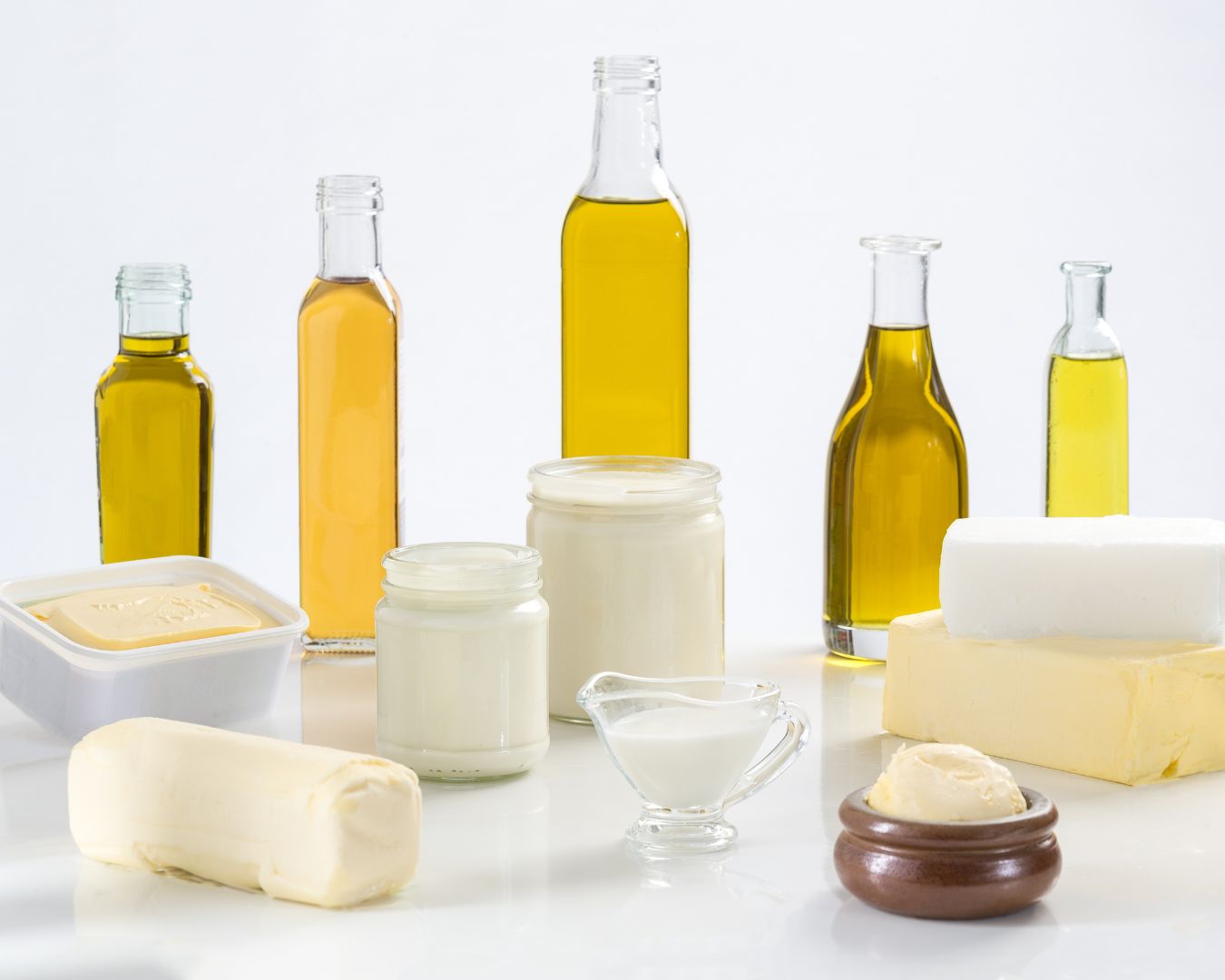How to Store and Preserve Citrus Fruits: Tips for Maximizing Freshness
Citrus fruits, with their bright flavors and high vitamin C content, are a kitchen staple. Whether you love juicy oranges, zesty lemons, or tangy limes, knowing how to store and preserve these fruits properly can help you keep them fresh for longer, reduce waste, and ensure that you always have a burst of citrusy goodness on hand. In this blog post, we’ll cover the best practices for storing and preserving citrus fruits, so you can enjoy their vibrant flavors whenever you need them. Storing Citrus Fruits at Room Temperature If you plan to use your citrus fruits within a few days, storing them at room temperature is perfectly fine. Here’s how to do it: Tip: If you’re storing different types of citrus together, such as lemons, limes, and oranges, make sure they’re not piled too closely to allow for proper air circulation. Refrigerating Citrus Fruits For longer storage, the refrigerator is your best friend. Citrus fruits can last up to three to four weeks when properly stored in the fridge. Freezing Citrus Fruits Freezing is an excellent way to preserve citrus fruits for months. While the texture may change slightly, frozen citrus can still be used in cooking, baking, and drinks. Here’s how to freeze citrus fruits: Tip: Frozen citrus slices are great for adding to drinks. They can double as ice cubes to chill your beverage while adding a burst of flavor! Preserving Citrus in Jars Preserving citrus in jars is a time-honored method that enhances their flavor and extends their shelf life. Two popular techniques are making citrus preserves or pickling the fruits. Tip: Properly sealed jars can keep citrus preserves and pickled citrus fresh for up to a year when stored in a cool, dark place. Dehydrating Citrus Dehydrating citrus fruits is another fantastic way to preserve them. Dried citrus slices can be used in teas, garnishes, or as a snack. Tip: Store dried citrus slices in an airtight container in a cool, dark place. They can last up to a year and are perfect for adding flavor to your favorite recipes! Citrus fruits are versatile, flavorful, and nutritious, but they require proper storage and preservation techniques to stay fresh. Whether you’re storing them at room temperature, refrigerating, freezing, preserving in jars, or dehydrating, following these tips will help you make the most of your citrus bounty. By keeping your citrus fruits fresh, you can enjoy their bright flavors all year round!



